Residential, commercial, and industrial real estate each offer distinct opportunities and challenges based on their nature, tenant profiles, investment horizons, and market dynamics.
Residential Real Estate involves properties where people live, such as houses, apartments, and condominiums. It typically has lower upfront costs and shorter lease terms (often one year), with a larger pool of potential tenants including families, students, and professionals. Rental yields tend to be lower but returns are more stable and predictable. Challenges include frequent tenant turnover, maintenance demands, and rent control regulations. Growth is driven by urbanization, middle-class expansion, and infrastructure development, making it suitable for investors seeking steady income and moderate appreciation.
Commercial Real Estate includes office buildings, retail spaces, warehouses, and industrial buildings used for business activities. It usually commands higher purchase prices and longer lease terms (5 to 10 years or more), resulting in higher rental yields and potentially greater returns. Tenants are typically businesses, corporations, or government entities, which can mean more reliable income but also higher risk if a few tenants dominate occupancy. Challenges include longer vacancy periods and a more complex leasing process. Market drivers include sectors like BPO and offshore gaming, and appreciation depends on strategic location and business growth.
Industrial Real Estate focuses on properties used for manufacturing, warehousing, and logistics. These require large spaces and are often located outside urban centers but near major transport routes. Industrial real estate is favored for its lower construction and maintenance costs compared to commercial office or residential vertical developments. Lease terms and landlord-friendly maintenance conditions make it attractive for investors. The industrial sector is growing as developers diversify portfolios, with opportunities in logistics, cold storage, and data centers. Challenges include the need for specialized infrastructure and sensitivity to economic cycles affecting manufacturing and trade.
| Aspect | Residential | Commercial | Industrial |
|---|---|---|---|
| Property Types | Houses, apartments, condos | Offices, retail, warehouses | Manufacturing, warehousing |
| Lease Terms | Short (often 1 year) | Long (5-10 years or more) | Typically long, landlord-favorable |
| Tenant Profile | Individuals, families | Businesses, corporations | Industrial firms, logistics |
| Purchase Price | Lower upfront costs | Higher upfront costs | Moderate, lower than commercial |
| Rental Yield | Lower, stable | Higher, potentially volatile | Competitive, favorable to landlords |
| Risk Factors | Frequent tenant turnover, rent control | Tenant concentration, longer vacancies | Specialized use, economic sensitivity |
| Growth Drivers | Urbanization, infrastructure | Business sector growth | Industrial demand, logistics growth |
In summary, residential real estate offers stability and accessibility, commercial real estate offers higher returns with longer commitments and tenant reliability, and industrial real estate provides cost-effective investment with growing demand in logistics and manufacturing sectors. Investors should weigh their risk tolerance, capital availability, and investment horizon when choosing among these sectors.



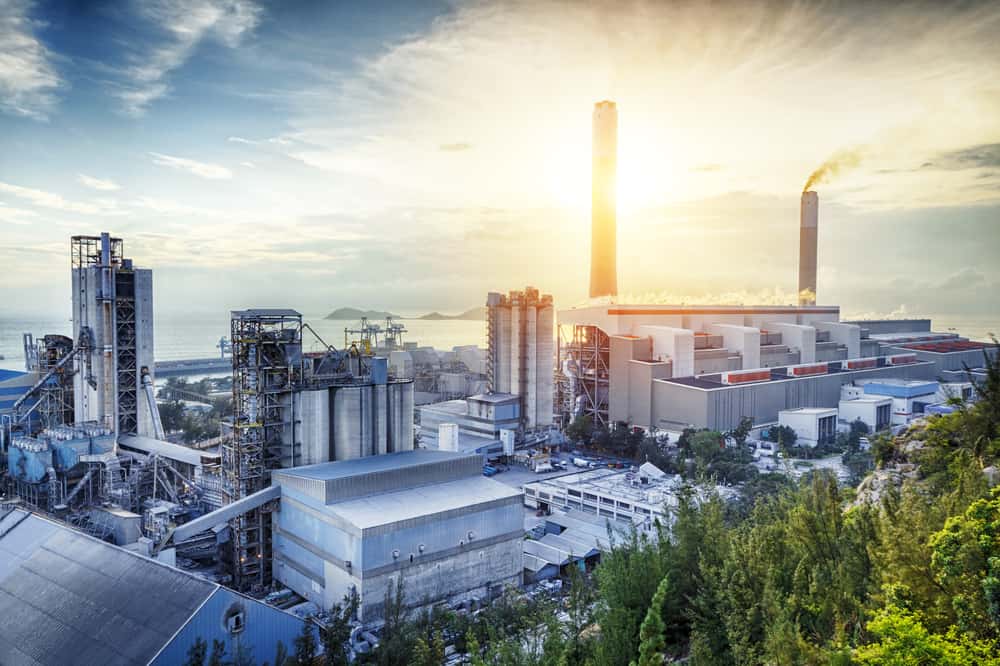
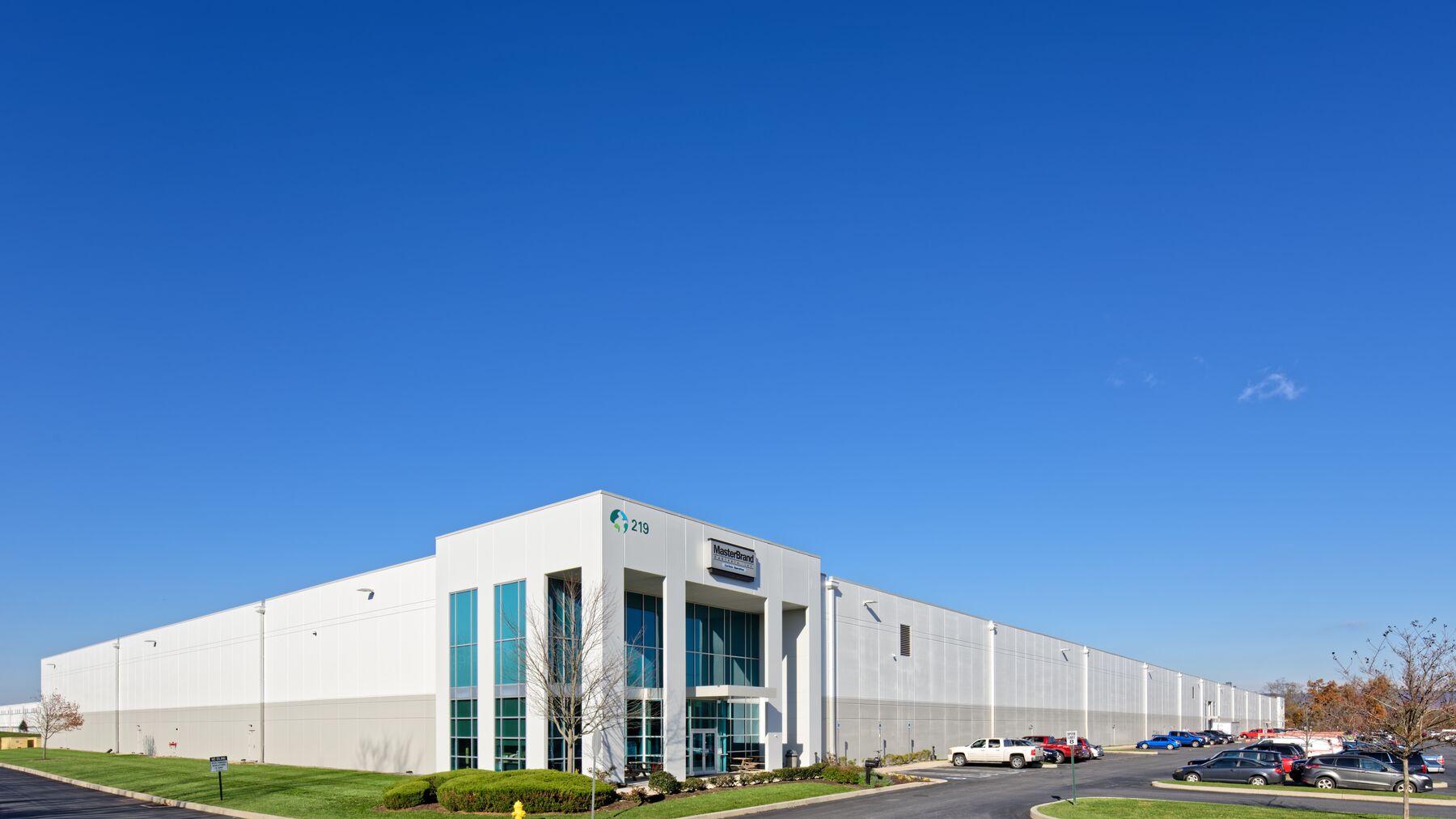
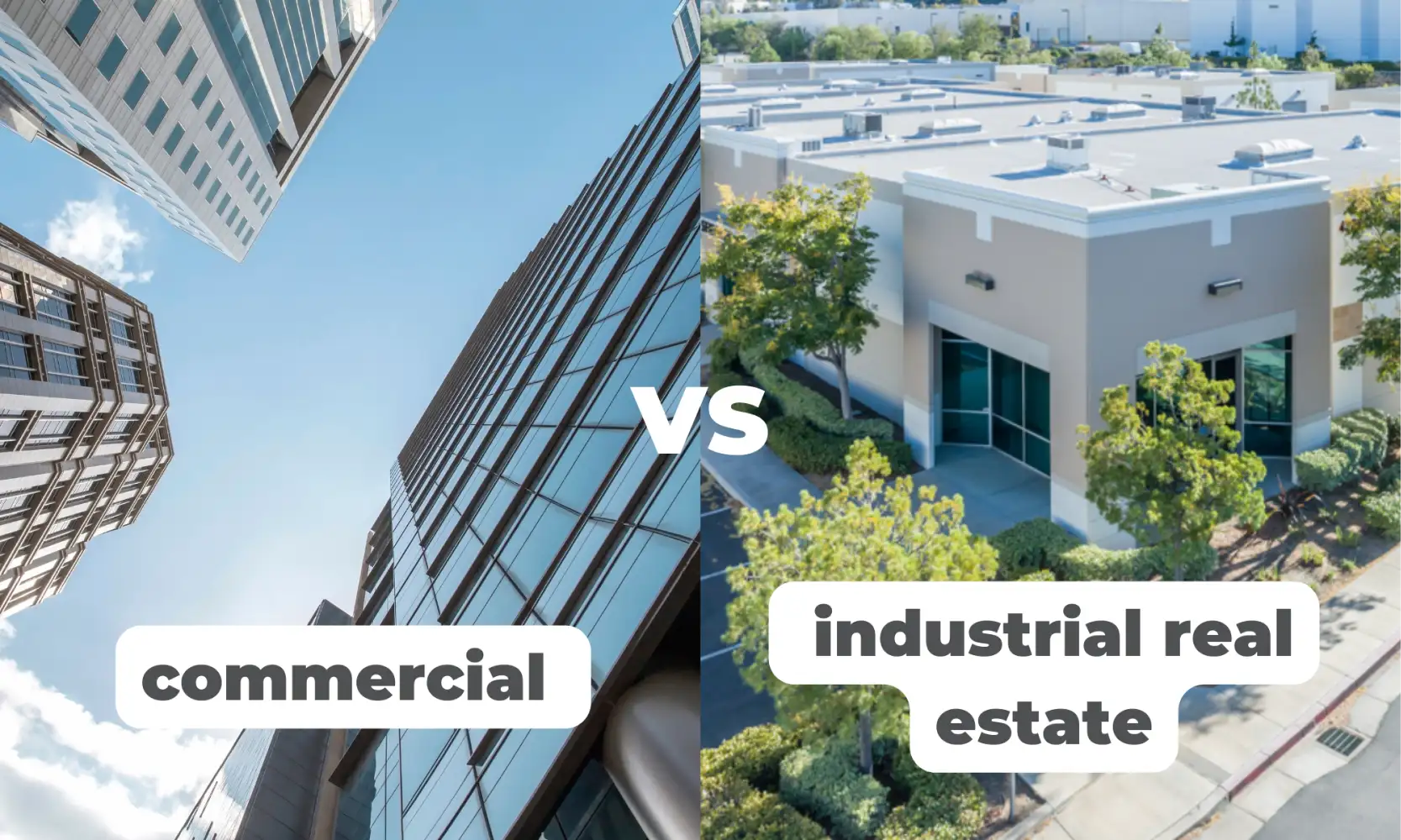







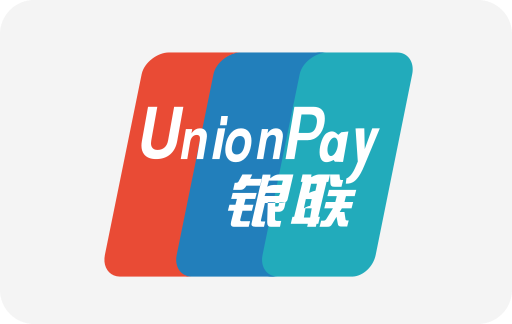




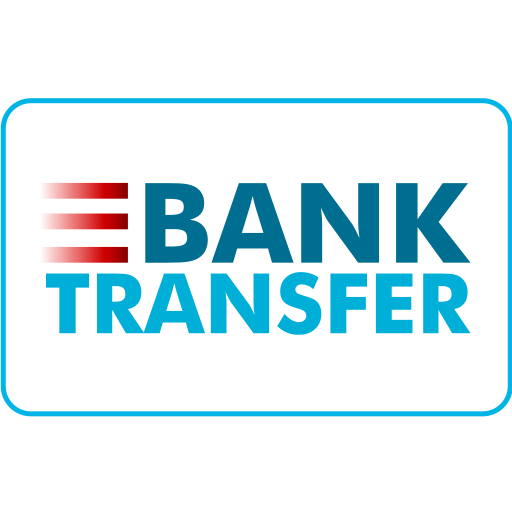
Ang PH Ranking ay nag-aalok ng pinakamataas na kalidad ng mga serbisyo sa website traffic sa Pilipinas. Nagbibigay kami ng iba’t ibang uri ng serbisyo sa trapiko para sa aming mga kliyente, kabilang ang website traffic, desktop traffic, mobile traffic, Google traffic, search traffic, eCommerce traffic, YouTube traffic, at TikTok traffic. Ang aming website ay may 100% kasiyahan ng customer, kaya maaari kang bumili ng malaking dami ng SEO traffic online nang may kumpiyansa. Sa halagang 720 PHP bawat buwan, maaari mong agad pataasin ang trapiko sa website, pagandahin ang SEO performance, at pataasin ang iyong mga benta!
Nahihirapan bang pumili ng traffic package? Makipag-ugnayan sa amin, at tutulungan ka ng aming staff.
Libreng Konsultasyon